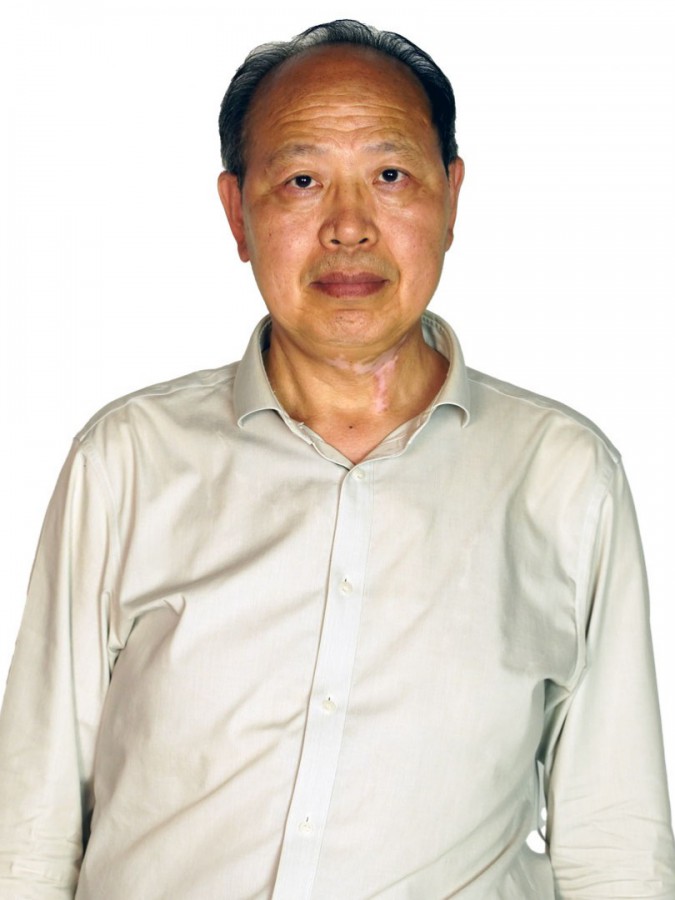abstract
Inorganic phosphors which can be effectively excited with blue-light are highly desirable for white light-emitting diodes (WLEDs). Herein, Eu3+-activated La2Ce2O7 phosphors are prepared by a self-rising reaction using urea and glycine as leavening agents under hydrothermal conditions. The phosphors display a well-distributed round or elliptical particle shapes with an average diameter of about 55 +/- 10 nm. The excitation spectrum is dominated by the F-7(0)-> D-5(2) transition (similar to 465 nm) that overlaps the emission of efficient blue emitting LEDs, rendering these phosphors as very attractive as blue down converters. The luminescence performance can be effectively improved by optimizing the molar ratios of leavening agents and the content of Eu3+ concentration and, thus, the absolute quantum yield can reach 0.229 +/- 0.023. By combining a commercial blue emitting LED chip (InGaN, 465 nm) and the phosphors, intriguing efficient pure red emission is achieved with International Commission on Illumination (CIE) color coordinates of (0.669,0.330). This pure red emission is used to tune the well-known poor correlated color temperature values of WLEDs based on YAG:Ce3+. WLEDs are fabricated by coating LED chips emitting in the blue with blends of YAG:Ce3+ and Eu3+-activated La2Ce2O7, yielding prototypes with enhanced color rendering index that is easily adjusted from 7119 to 3242 K, demonstrating that this strategy may use to complement the red component in WLEDs. (C) 2019 Elsevier B.V. All rights reserved.
keywords
SPECTROSCOPIC PROPERTIES; LUMINESCENCE PROPERTIES; CONVERSION PHOSPHORS; CRYSTAL-GROWTH; PHOTOLUMINESCENCE; EFFICIENT; SURFACTANTS; SPECTRA; EU3+
subject category
Chemistry; Materials Science; Metallurgy & Metallurgical Engineering
authors
Shi, SK; Wang, LN; Fang, M; Fu, LS; Carlos, LD; Ferreira, RAS; Wang, JY; Wang, SP
our authors
Projects
CICECO - Aveiro Institute of Materials (UID/CTM/50011/2019)
Díodos emissores de luz (LEDs) branca, inovadores, sintonizáveis e sustentáveis (WINLEDs)
acknowledgements
The authors would like to thank Dr. Ruilong Zong from Tsinghua University, who helped to measure the Raman spectra of the samples. This work was financially supported by the Natural Science Foundation of Hebei Province (Grant No. E2015205159), the Science Foundation of Hebei Normal University (Grant No. L2019K11) and the China Scholarship Council (Grant No.: 201707920002, 2017-2020), from P.R. China, and CICECO-Aveiro Institute of Materials, FCT (Fundacao para a Ciencia e a Tecnologia) (UID/CTM/50011/2019) and WINLEDs (Innovative, tunable and sustainable white light emitting diodes) (POCI-01-0145-FEDER030351), from Portugal.





